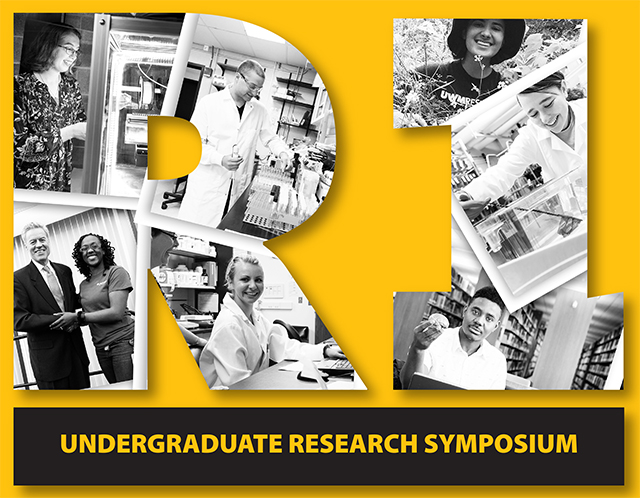Robotics-Based Hand Rehabilitation Assistive Device
Mentor 1
Mohammad Habibur Rahman
Location
Union Wisconsin Room
Start Date
28-4-2017 1:30 PM
End Date
28-4-2017 4:00 PM
Description
For those who have lost the capability to control their hand (paralysis/spasticity) correctly due to some form of injury. The most common method of recovery is to perform repetitious motions with thecontrolled by a therapist. We have developed a robotic assistive device (RAD-HR) to recover lost handfunctions. This method is not meant to replace but to improve upon the more traditional method oftherapy. The RAD-HR contains five degrees of freedom enabling basic movements while supporting thearm during exercises. We have used a nonlinear computed torque control technique which manages,directs, or regulates the behavior of the RAD-HR. Our controller has been augmented with an integratedEMG component to estimate the intended torque in the joints. This controller was tested for accuracy insimulations (MATLAB/Simulink environment) using a Myo Armband to measure the EMG.
Robotics-Based Hand Rehabilitation Assistive Device
Union Wisconsin Room
For those who have lost the capability to control their hand (paralysis/spasticity) correctly due to some form of injury. The most common method of recovery is to perform repetitious motions with thecontrolled by a therapist. We have developed a robotic assistive device (RAD-HR) to recover lost handfunctions. This method is not meant to replace but to improve upon the more traditional method oftherapy. The RAD-HR contains five degrees of freedom enabling basic movements while supporting thearm during exercises. We have used a nonlinear computed torque control technique which manages,directs, or regulates the behavior of the RAD-HR. Our controller has been augmented with an integratedEMG component to estimate the intended torque in the joints. This controller was tested for accuracy insimulations (MATLAB/Simulink environment) using a Myo Armband to measure the EMG.



